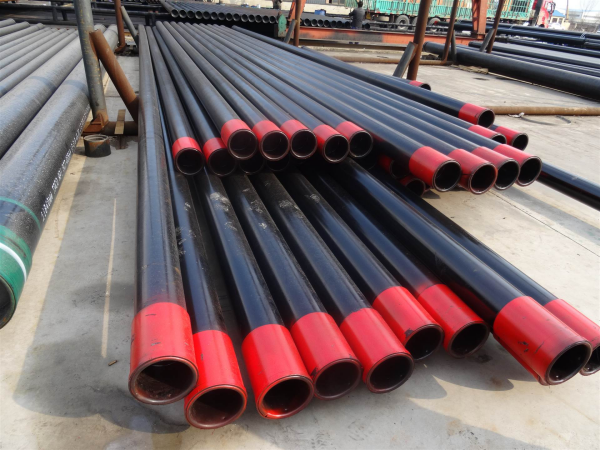Casing and Tubing Design
Casing and tubing are integral components of oil and gas well design, playing a crucial role in ensuring the stability and functionality of the well. The design of these elements affects well productivity, safety, and cost-efficiency. In this article, we will discuss key considerations for casing and tubing design, including material selection, load analysis, and environmental factors.
What are Casing and Tubing?
Casing is a large-diameter pipe installed in the wellbore to prevent the hole from collapsing and to isolate different rock formations. It provides structural integrity to the well and allows for safe operations throughout the life of the well. Tubing, on the other hand, is a smaller pipe inserted inside the casing, used for the transportation of oil, gas, or other fluids to the surface.
Key Considerations for Casing and Tubing Design
Several factors must be considered when designing casing and tubing for an oil and gas well. These include:
Environmental Conditions: The depth, temperature, and pressure of the well will significantly influence material selection and design.
Mechanical Loads: The casing and tubing must withstand various mechanical stresses, such as internal pressure from the fluids inside the well, external pressure from the surrounding formation, and axial tension from the weight of the casing and tubing.
Corrosion Resistance: The materials used for casing and tubing must be resistant to corrosion, especially in environments with high levels of CO₂, H₂S, or saltwater.
Cost Efficiency: The design must balance performance with cost, ensuring that materials are cost-effective without compromising reliability.
Load Conditions in Casing and Tubing Design
Casing and tubing must be designed to withstand various load conditions encountered during well operations. These include:
1.Internal Pressure: The pressure from the fluids inside the pipe must be considered to prevent bursting. This is particularly important when dealing with high-pressure reservoirs or fluid injection systems.
2.External Pressure: This refers to the pressure from surrounding geological formations or hydrostatic pressure at greater depths. The casing and tubing must be designed to resist collapse under these external forces.
3.Tensile Load: The weight of the casing and tubing creates a tensile load, especially in deep wells. This load must be factored into the design to prevent stretching or failure under extreme tension.
4.Thermal Load: Wells at high temperatures can cause expansion or contraction of casing and tubing. Materials must be selected to accommodate thermal stresses and prevent damage from heat-induced changes.

Calculating Strengths
Important strength factors include:
Burst: The pressure the casing can withstand before failure.
Collapse: The external pressure the casing can withstand before collapsing.
Tensile: Maximum tension the pipe can endure.
Compressive: The ability to withstand external forces pushing inward.
Bending and Buckling
Bending: Caused by lateral forces or wellbore deviations. The casing must be strong enough to resist deformation.
Buckling: Occurs under compressive forces, especially in deep wells. Casing and tubing design must prevent inward collapse under high pressure.
Conclusion
The design of casing and tubing systems is a critical element of successful oil and gas well construction. By understanding the differences between API and proprietary grades, selecting the right connections based on service conditions, and calculating strength and load factors, engineers can ensure the integrity and longevity of the well. Considering the effects of bending and buckling further enhances the system’s performance, making the well safer and more efficient. Proper casing and tubing design is essential for minimizing risks, extending operational life, and optimizing well productivity.






 English
English Español
Español بالعربية
بالعربية











 Phone :
Phone :  Whatsapp :
Whatsapp :  Email :
Email : 


